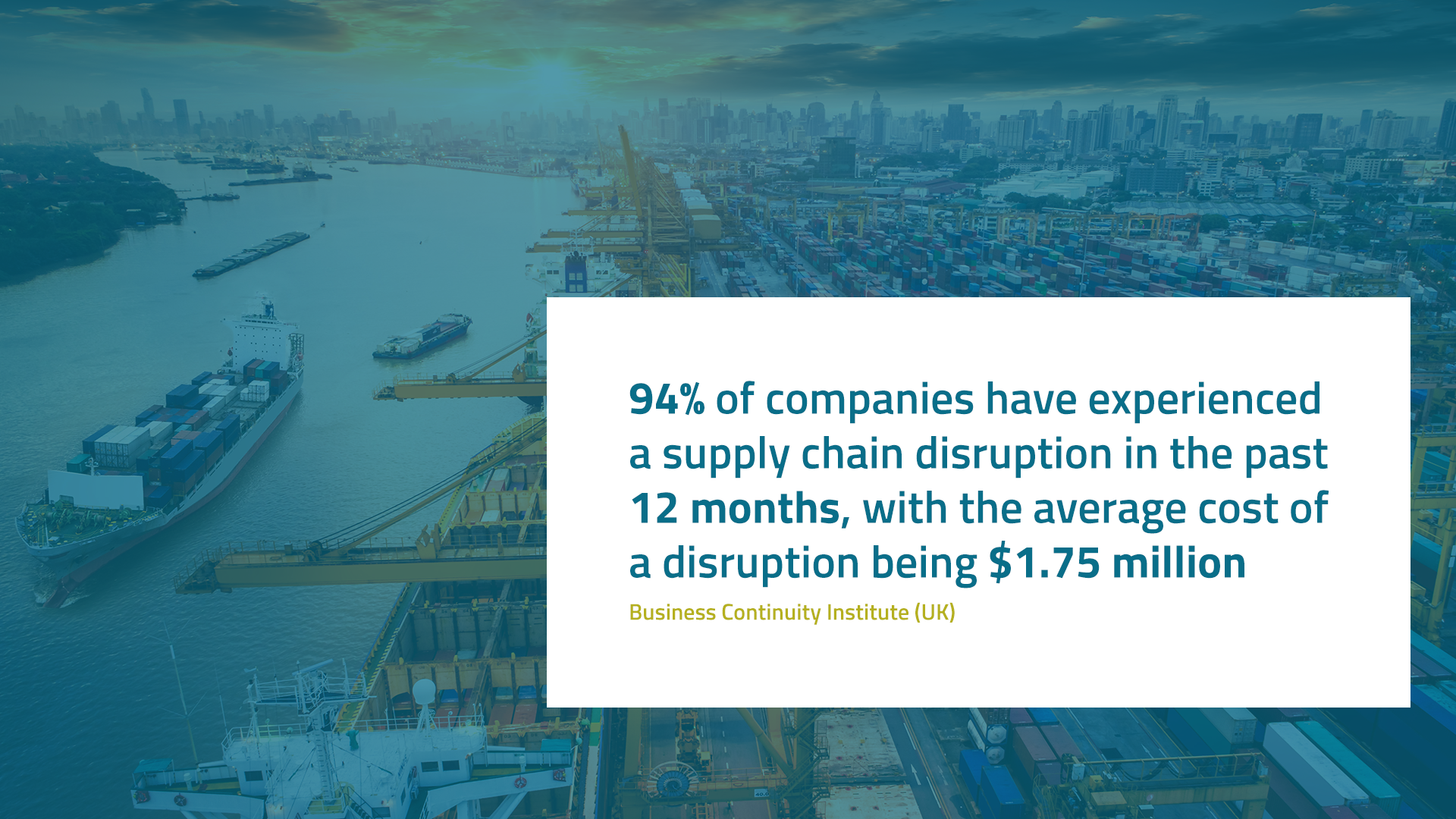Reading the results of our latest survey got me thinking about goals and how little they help in managing a Global Supply Chain. According to Pacellico’s recent poll, over 70% of the Supply Chain challenges companies face are almost completely outside of their control. Furthermore, according to a study by the Business Continuity Institute, 94% of companies have experienced a Supply Chain disruption in the past 12 months, with the average cost of a disruption being $1.75 million.
This reminded me what my favourite cartoon character, Dilbert, says about goals. They’re for losers. Sounds provocative, but is there any truth to this? I’ve always learned a lot from Dilbert’s ability to poke fun at the corporate world and the world of Supply Chain is no exception. So, what can possibly be wrong with goals? And if goals aren’t very helpful, then what actually is?

2 reasons why goals don’t work.
There are two major problems with goals. Firstly, almost nobody likes them. Even if they say they do. The exceptions are the people setting them in the first place, the ones who are not directly involved in achieving the new goals. In a Supply Chain context, even operationally oriented goals one might find in a warehouse or a delivery centre, are ultimately driven by money, which typically means financial markets. This can lead to several problems.
To illustrate, consider a client experience from our consulting team in the height of the COVID induced Supply Chain disruptions. Our team was facilitating a Supply Chain crisis event organised by the Company’s board. We hadn’t even reached the first coffee break and Suzie (not her real name) who runs S&OP, and Bob (also not his real name) who leads Global warehousing & logistics, were in violent agreement – forecast accuracy needed to be improved, inventory needed to be reduced and customer lead time needed to be shortened. We were on a roll. Until we weren’t….
Visibility: The missing ingredient in Goals
We all know a goal without a plan is just a wish, unfortunately the pressure of quarterly earnings means patience for a perfect plan is often not there. This despite countless studies indicating companies who make specific efforts to improve Supply Chain visibility consistently show significant financial and operational performance improvement. In the example above, despite clarity on “what” needed to happen, things quickly broke down when coming up with an actual target, or goal. By how much could the team really improve these things? There were multiple challenges. The team found it much easier to be cautious, a.k.a. realistic, and struggled mightily to be brave, a.k.a. tell management what they didn’t want to hear. The only thing for certain was uncertainty. The new ERP system was making things chaotic, often making bad processes worse, or accidentally eliminating critical functionality in its efforts to stream-line. Customer service staff in key locations were quitting, meaning years of undocumented company knowledge was walking out the door.
In situations like these, goals actually prevent a company from making desperately needed change, rather than driving it forward. In this case, Suzie, Bob and the team were eventually able to come up with specific goals. But in reality, the goals weren’t really theirs. They were cascaded, top down, from the markets to the Board, then to the CEO and eventually the team. The key players at the heart of the situation– the CEO and the team – both felt good in the moment but driven by a false sense of security from a goal born out of perverse incentives – like preserving one’s job or getting a bonus. In these situations, goals can paper over a bigger problem, especially for leadership: the inability to see more deeply, in a systematic way, into what is really happening in the company and across the end-to-end Supply Chain.
If goals don’t work, what does?
The second problem with goals is in many cases they can’t actually help you, at least not directly. Suzie and Bob can decide to improve the forecast, reduce inventory and shorten lead times, but if they don’t know “why” they are doing this, and “how” they will make it happen, they will only achieve temporary success. And this type of success often comes with the cost of extra effort and stress and a lot of firefighting, a reinforcing feedback loop where people only feel valuable when they are putting out a fire: the hero culture in full flight. This cannot last because eventually the team loses its energy, the best people burn out or leave and efforts to create sustainable change based on stable processes and clear structures never materialize.
When goals are not enough, it’s typically because systems are missing. Systems focus less on the “what”, and more on the “why” and “how”. A system deals with the core principles that need to be addressed and the root causes that hinder performance. Not only does this help improve financial performance it also helps reduce risk. Having a system in place can help you minimize a disruption and drives the kind of sustainable financial performance key stakeholders typically require – whether it’s the customer, financial markets, the CEO or your new boss.
Many successful companies of course have at least some elements of a basic Supply Chain system in place, but they’re not always as effective as they could be or need to be for the challenges we are facing today. Many companies which have ineffective Supply Chain systems make a number of common mistakes, or fail to consider several key success factors. What are these?